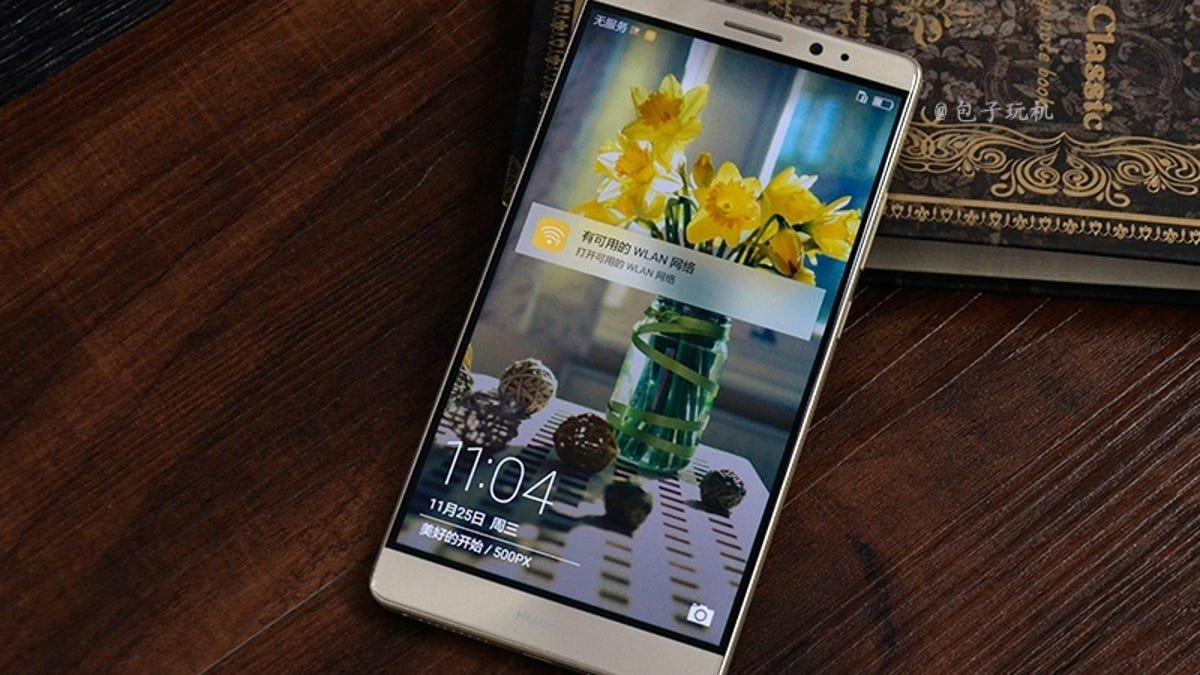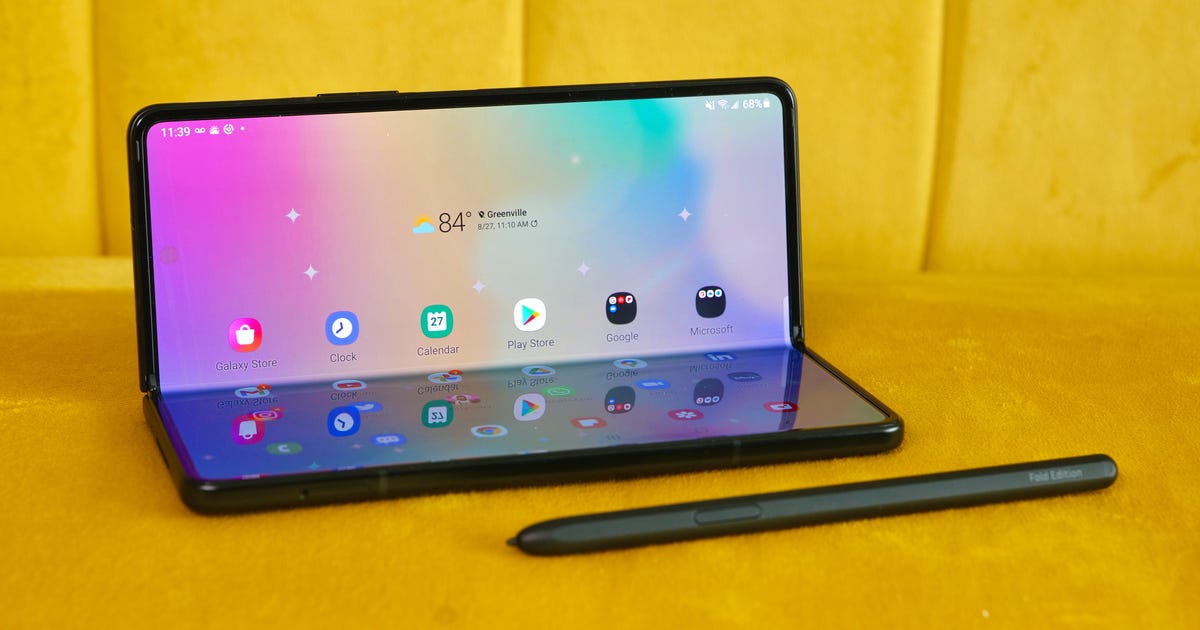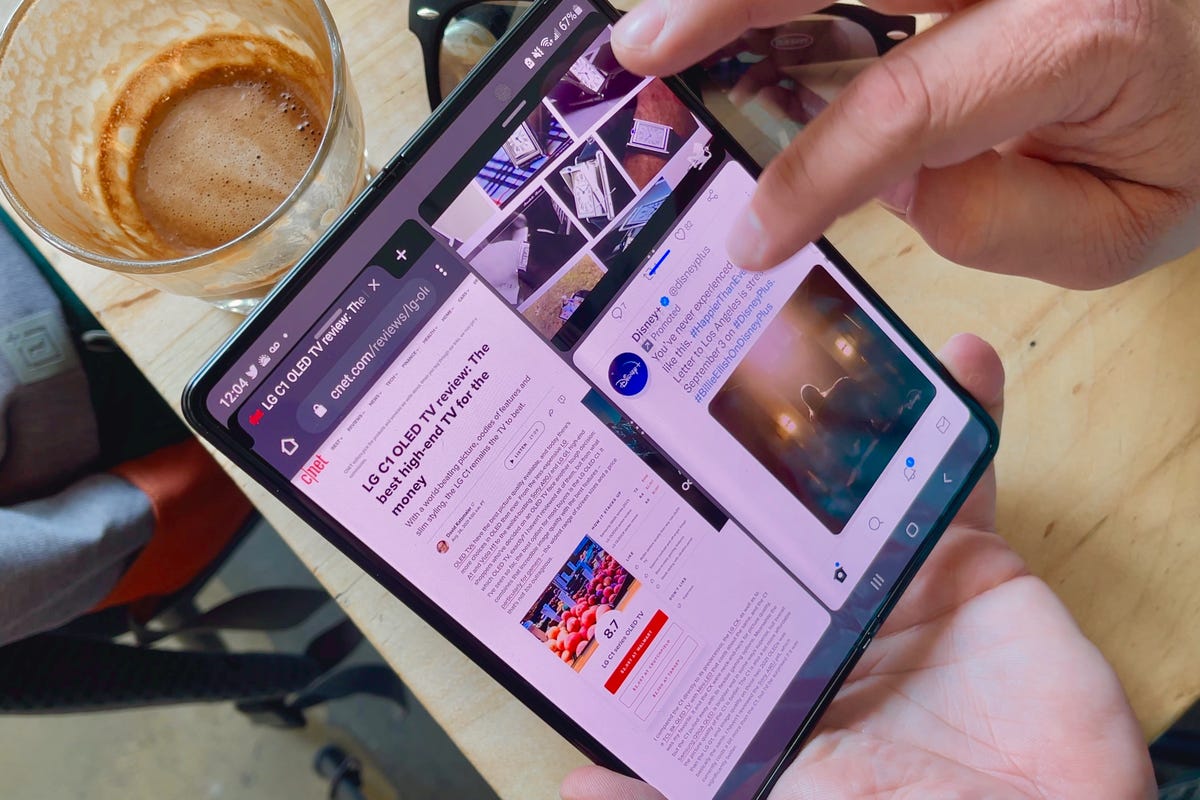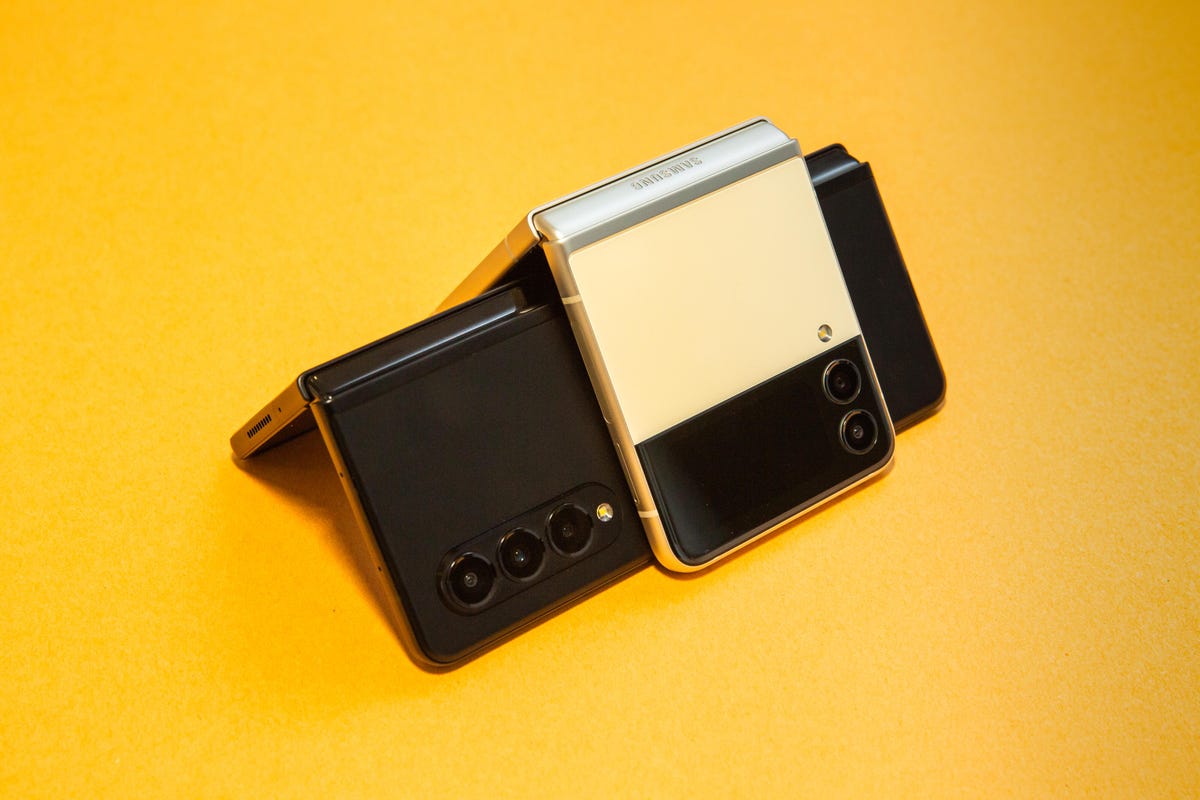
Huawei Mate 8 review: An overpriced battery life beast
Huawei's all-metal, 6-inch Mate 8 has a lot going for it, especially its long-lasting battery and high camera quality. After all, those are two things almost anyone would look for in a phone. But unfortunately the handset's price tag is too steep to close the deal -- €600 for the 32GB version and €700 for the 64GB model. Those numbers translate to roughly $650 and $760; £450 and £525.
The Mate 8 isn't expected to come to the US.
The prices alone aren't the problem; they're in line with premium rivals. The problem is that the Mate 8 just isn't a premium phone, certainly not premium enough to best the Google Nexus 6P or Samsung Galaxy Note 5, two of the phones I would look at if you're thinking of going large (scroll to the end for a full specs comparison). Part of my recommendation to skip the Mate 8 stems from the other, admittedly minor drawbacks, including a screen resolution that's lower than I'd like on a phone of this size.
A much lower price would help blunt those flaws and give fans of big phones a good alternative in an all-metal build. However, if you can get the Nexus 6P or Galaxy Note 5, or even the LG V10, do that instead. You'll get more for your hard-earned cash.
Pros:
- Long-lasting battery
- Recent version of Google's software, Android 6.0
- All-metal build
- Same accurate fingerprint reader that's on the back of the Huawei-made Google Nexus 6P
- Loud speaker audio
Cons:
- Large size is polarizing and won't fit comfortably in all hands
- Dim screen
- Screen resolution is too low
Battery life and screen size set the Mate 8 apart, but...
If you're hot on big phones, the Mate 8's 6-inch screen gives you the room you need to run wild. When I hold the Mate 8 in my hand, the screen seems bright and wonderful...until I stream video, view high-res photos or hold it next to any other phone. It's then that I notice its 1,920x1,080-pixel resolution looks dimmer and a little hazier than other phones of its class at any brightness level, especially the impossibly vibrant Nexus 6P.
Compared to ultrasharp displays like on the Nexus 6P's 2,560x1,440-pixel resolution, higher-res graphics look less detailed; that's because there are fewer pixels on the Mate 8, much lower than you typically see on a large-screen phone (see chart below). Most of the time, the Mate 8's resolution won't impede your viewing pleasure, but Huawei really should have climbed to the next rung in resolution to match the well-priced Nexus 6P (2,560x1,440 pixels).
The battery lurking below this shiny exterior packs some real muscle.
Better news is that battery here is a monster -- the Mate 8 lasted an average of 15.6 hours in our video drain tests. In everyday life, too, I always seemed to have enough battery reserves after continuously using it throughout the day. Some of that is due to the dimmer screen, though if your battery ever does get perilously close to flatlining, you can always turn on the phone's power-saving settings.
Bonus points: Camera and Android 6.0
Photos were another bright spot. The 16-megapixel rear camera and 5-megapixel front-facing camera shot off rounds of very nice photos in most lighting settings, indoor and out. I'm not saying these were flawless -- camera photos do have their limits and I did get some weirdly yellow indoor shots in seriously terrible lighting -- but the camera components have gotten so good lately that most higher-end models will take photos you like.
Selfie shots were also pretty good when tested in the hand and yes, even on a selfie stick during a rowdy New Year's party, but Huawei does shove Beauty Mode down your throat -- unbelievably, you have your choice of two. Those with a more natural vibe can switch to the usual camera mode to slides settings down from Beauty 10 to zero.
The camera took pleasing photos in almost every lighting condition I threw its way.
Here's another good thing: the Mate 8 has Android 6.0 Marshmallow onboard, Google's latest software. Being up to date means you get new features like Doze (automatic battery-saving software) and Now on Tap (which pops up extra info when you press the home button) -- I also like invoking Google voice search ("OK, Google") from any screen. The presence of Android 6.0 hopefully means that Huawei will continue to update the Mate 8 as Google rolls out updates.
If you've never used a Huawei phone before, you should know that Huawei liberally sauces Android with its own flavor, which it calls the Emotion UI (EMUI 4.0). It's a pretty dramatic change if you're used to the Nexus 6P's vanilla Android. Your apps lay out along multiple home screens like on the iPhone, and the lock screen and notifications pull-down menu have different effects, too. Spend some time playing around with the settings menu and lock screen and you'll get it all how you want it. I personally like some of the animated transitions, but a lot of Android purists I know rail against any changes to their favorite Android skin.
The colors on this broad-leaf plant are vibrant without being oversaturated.
I photographed this venerable St. Bernard close to the stroke of midnight on New Year's Eve.
These friends took the Huawei Mate 8's selfie capabilities into their own hands -- er, their own selfie stick.
Our standard studio shot, taken in controlled lighting with the Mate 8.
Things I'm not sold on
I've already mentioned that screen resolution is lower than I expect for a premium-priced handset. The Mate 8's processor and overall dimensions also raise some red flags.
The processor
Huawei doesn't just make gadgets, it now makes processors, too. Like Samsung, Huawei started using its Kirin chipset in phones. The Mate 8 did fine in our diagnostic tests, but generally lagged behind top phones from Samsung and Apple. More worrisome, Riptide GP2, which I regularly use to test smartphones, crashed the six or seven times I tried to push the limits in graphics settings (it played on medium-level graphics, though). On the other hand, those crashes could have more to do with how the developers coded the app; the phone behaved fine. Everyday tasks like opening apps and uploading photos worked smoothly and seamlessly, and bootup time was on par.
Huawei Mate 8 performance
- 3DMark Score (Ice Storm Unlimited)
- Geekbench 3 Score (Single-Core)
- Geekbench 3 Score (Multi-Core)
The size
For me, the Mate 8's dimensions are just too big. The handset is hefty and wide, and even though there's a setting for one-handed controls, I'd never use them. The fingerprint sensor on the back that you can use to unlock the phone is dead on when you position your finger correctly, but I had to stretch to reach the sensor on the Mate 8 just as I did on the Nexus 6P, so I couldn't always unlock the phone the first time around. The larger-pawed folks I handed didn't have my problems.
Interestingly, the Mate 8 and Nexus 6P have about the same body dimensions, even though the 6P's screen is slightly smaller. If the 6P isn't too large for your hand, the Mate 8 won't be either.
Versus the Nexus 6P and others
With that premium-phone pricing and under-premium specs, the Mate 8 just isn't worth your money. Pick the Nexus 6P or Galaxy Note 5 instead. Although both are equally large in the hand, you'll enjoy a sharper, brighter screen and top-notch camera. Nexus 6P owners also get to brag about the perks of owning Android 6.0's debut phone, like getting new updates first and little things like a camera quick-start trigger.
Huawei Mate 8 specs versus rivals
| Huawei Mate 8 | Google Nexus 6P | Apple iPhone 6S Plus | Samsung Galaxy Note 5 | |
|---|---|---|---|---|
| Display size, resolution | 6-inch; 1,920 x 1,080 pixels | 5.7-inch; 2,560x1,440 pixels | 5.5-inch; 1,920 x 1,080 pixels | 5.7-inch; 2,560x1,440 pixels |
| Pixel density | 368ppi | 515ppi | 401ppi | 518ppi |
| Dimensions (Inches) | 6.2 x 3.2 x 0.31 in | 6.3 x 3.1 x 0.28 in | 6.2 x 3.1 x 0.29 in | 6 x 3 x 0.3 in |
| Dimensions (Millimeters) | 157 x 81 x 7.9 mm | 159 x 78 x 7.3 mm | 158 x 78 x 7.3 mm | 153 x 76 x 7.6 mm |
| Weight (Ounces, Grams) | 6.5 oz; 185 g | 6.3 oz; 178 g | 6.8 oz; 192 g | 6 oz; 171 g |
| Mobile software | Android 6.0 Marshmallow | Android 6.0 Marshmallow | Apple iOS 9 | Android 5.1 Lollipop |
| Camera | 16-megapixel | 12.3-megapixel | 12-megapixel | 16-megapixel |
| Front-facing camera | 8-megapixel | 8-megapixel | 5-megapixel | 5-megapixel |
| Video capture | 1080p HD | 4K | 4K | 4K |
| Processor | 2.3 GHz eight-core Huawei Kirin 950 | 2.0 GHz eight-core Qualcomm Snapgradon 810 | Apple A9 chip (64-bit) | Samsung eight-core Exynos 7 Octa 7420 |
| Storage | 32GB, 64GB | 32GB, 64GB, 128GB | 16GB, 64GB, 128GB | 32GB, 64GB |
| RAM | 3GB, 4GB | 3GB | 2GB | 4GB |
| Expandable storage | Up to 128GB | None | None | None |
| Battery | 4,000mAh (nonremovable) | 3,450mAh (nonremovable) | 2,750mAh (nonremovable) | 3,000mAh (nonremovable) |
| Fingerprint sensor | Back cover | Back cover | Home button | Home button |
| Special features | Dual-SIM | Pure Android | N/A | S Pen stylus |
| Price off-contract (USD) | ~$650 (32GB); $760 (64GB) | $500 (32GB); $550 (64GB); $650 (128GB) | $750 (16GB); $850 (64GB); $950 (128GB) | $670-$740 (32GB); $770-$840 (64GB) |
| Price (GBP) | ~£450 (32GB); £525 (64GB) | £450 (32GB); £500 (64GB); £580 (128GB) | £620 (16GB); £700 (64GB); £790 (128GB) | Not sold |
| Price (AUD) | AU$899 (32GB only) | AU$900 (32GB); AU$1,000 (64GB); AU$1,100 (128GB) | AU$1,230 (16GB); AU$1,380 (64GB); AU$1,530 (128GB) | AU$1,100 (32GB) |
Source

















